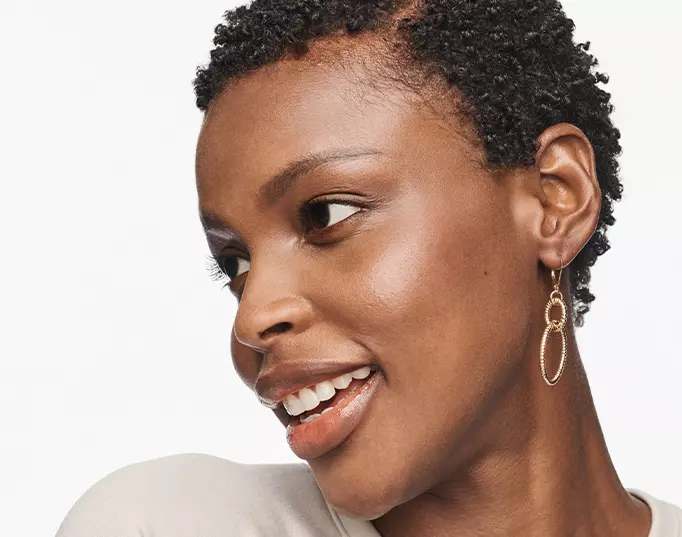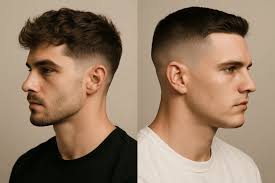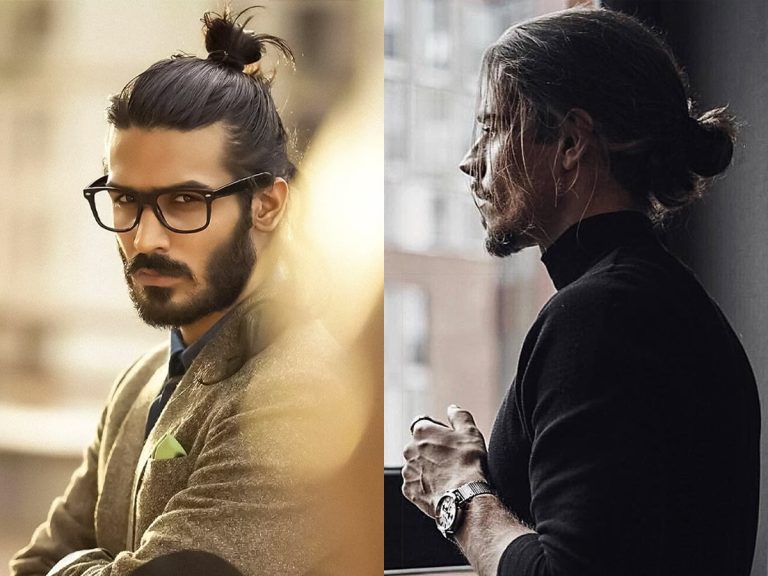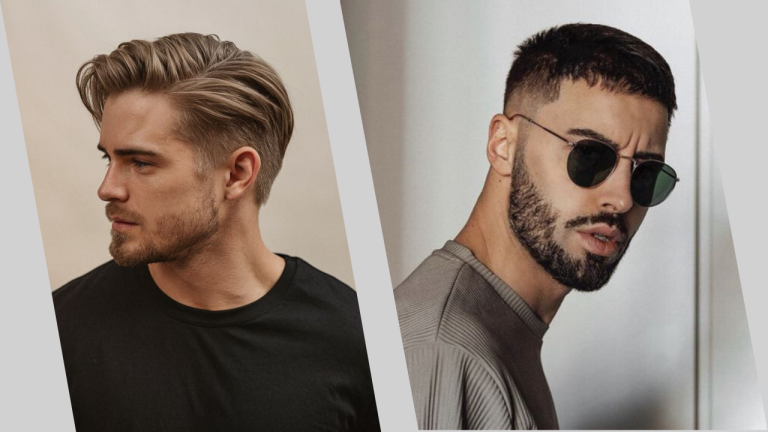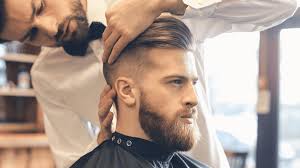Mastering Your Mane: The Complete Guide for Choosing and Preserving the Ideal Hairstyle
A haircut is much more than just a standard trim; it’s an essential component of your personal presentation, a potent tool for self-expression, and a confidence enhancer. The ideal cut can draw attention to your best qualities, fit in with your way of life, and even capture your individuality. However, it can be overwhelming to sort through the wide variety of styles, comprehend hair types, and have productive conversations with your stylist. This comprehensive guide will equip you with the knowledge and strategies needed to discover, achieve, and maintain your ideal haircut, ensuring every visit to the salon or barbershop leaves you feeling fantastic.
Understanding the Foundations: Your Hair’s Unique Story
Before you even consider a specific style, understanding your hair’s inherent characteristics is crucial. This foundational knowledge will guide your choices and set realistic expectations.
- Hair Type and Texture:
- Straight: Lacks natural curl, can be sleek or prone to flatness.
- Wavy: Has a natural “S” pattern, can range from loose waves to defined ones.
- Curly: Defined spirals or ringlets, prone to frizz and dryness.
- Coily/Kinky: Tightly packed coils, often with significant shrinkage, requiring specialized care.
- Why it matters: A cut that works for straight hair may not suit curly hair, and vice versa. Layers behave differently on each texture.
- Hair Density (Thickness):
- Fine: Individual strands are very thin.
- Medium: Average strand thickness.
- Thick/Coarse: Individual strands are wide.
- Why it matters: Fine hair can appear fuller with blunt cuts, while thick hair often benefits from internal layering to reduce bulk.
- Hair Porosity:
- Low: Cuticles are tightly bound, repelling moisture. Hair can be shiny but slow to absorb products.
- Medium: Healthy, balanced porosity, easily absorbs and retains moisture.
- High: Cuticles are raised, absorbing moisture quickly but losing it just as fast. Prone to dryness and frizz.
- Why it matters: Porosity affects how your hair holds style and reacts to humidity, influencing the longevity of a cut.
- Growth Patterns and Cowlicks:
- These are natural quirks of your hair growth. A good stylist will identify these and work with them, rather than against them, to ensure your cut falls naturally and styles easily.
Beyond the Basics: What Your Haircut Communicates
Your haircut isn’t just about managing your hair; it’s a non-verbal cue that signals aspects of your personality and lifestyle.
- Face Shape: Certain cuts can enhance or balance different face shapes (oval, round, square, heart, long, diamond). A skilled stylist will consider this.
- Lifestyle:
- High-Maintenance: Elaborate styles, precise bobs, or certain layered cuts might require more styling time daily.
- Low-Maintenance: Wash-and-go styles, longer layers, or blunt cuts that hold their shape well suit busy individuals.
- Personal Brand/Profession: Your haircut can subtly support your professional image, whether it’s a sleek, conservative look for a corporate environment or a more edgy, creative style for an artistic field.
- Age and Trends: While classic cuts are timeless, incorporating modern elements or embracing certain trends can keep your look fresh and contemporary. It’s about adapting trends to suit your individuality.
The Consultation: Your Key to Success
The conversation with your stylist is the most critical part of achieving your desired haircut. Don’t rush it.
- Preparation is Power:
- Visuals: Bring photos! Not just one, but several examples of what you like (and perhaps what you don’t like). This provides clear visual communication.
- Hair History: Be honest about past chemical treatments, color, or issues.
- Styling Routine: Explain how much time and effort you’re willing to put into styling your hair daily. This helps the stylist recommend a realistic cut.
- Goals: What are you hoping to achieve? More volume, less frizz, a dramatic change, easy maintenance?
- Effective Communication with Your Stylist:
- Be Specific: Instead of “shorter,” say “I’d like it to hit my collarbone.” Instead of “layers,” say “I want face-framing layers starting around my chin.”
- Use Visual Language: Point to areas in your reference photos.
- Ask Questions: Don’t hesitate to ask if a particular style will work with your hair type or lifestyle. Inquire about maintenance.
- Listen to Professional Advice: Your stylist is an expert. They understand hair mechanics, growth patterns, and what will realistically suit you. Be open to their suggestions, especially if they differ from your initial idea.
Popular Haircut Archetypes and Their Suitability
While trends evolve, certain fundamental haircut archetypes remain consistently popular, offering a starting point for discussion.
- The Bob:
- Classic Bob: One length, often chin to shoulder length. Sleek, sophisticated.
- Graduated Bob (A-line): Shorter in the back, gradually longer towards the front. Adds volume.
- Layered Bob: Adds movement and texture, can reduce bulk.
- Suitability: Versatile, can flatter many face shapes. Great for straight to wavy hair.
- Long Layers:
- Long, Blended Layers: Seamlessly integrated layers that add movement without sacrificing length.
- Face-Framing Layers: Shorter layers around the face that highlight features.
- Suitability: Excellent for adding volume to fine hair or reducing bulk in thick hair. Works well on straight, wavy, and some curly textures.
- The Pixie Cut:
- Classic Pixie: Short on the sides and back, slightly longer on top.
- Textured Pixie: More choppy layers for a playful, modern look.
- Longer Pixie: More length on top for versatility in styling.
- Suitability: Bold, low-maintenance for daily styling, but requires frequent trims. Highlights facial features.
- The Shag:
- Shag Cut: Heavily layered, often with bangs, creating a voluminous, disheveled, rock-and-roll vibe.
- Suitability: Fantastic for adding movement and texture to wavy and curly hair. Can be high or low maintenance depending on desired styling.
- The Lob (Long Bob):
- Lob: A bob that hits anywhere from the collarbone to just above the shoulders.
- Suitability: Universally flattering, easy to style, and versatile enough to go from casual to formal.
- Bangs/Fringe:
- Blunt Bangs: Straight across the forehead.
- Curtain Bangs: Longer bangs parted in the middle and swept to the sides.
- Wispy Bangs: Light, feathery bangs.
- Suitability: Can dramatically change a look. Consider forehead size and hair texture. Requires regular trims.
Maintaining Your Cut: The Lifespan of Your Style
A great haircut requires ongoing care to look its best.
- Regular Trims:
- Short Hair/Bobs/Bangs: Every 3-6 weeks to maintain shape.
- Medium to Long Hair: Every 6-12 weeks to remove split ends and keep the style fresh.
- Why: Trims prevent split ends from traveling up the hair shaft and ensure your cut retains its intended shape.
- Product Use:
- Styling Products: Use products recommended by your stylist. Mousse for volume, curl cream for definition, serum for shine, heat protectant for styling.
- Haircare Products: Shampoos, conditioners, and treatments suited to your hair type and any specific concerns (e.g., color-treated, dry, oily).
- Proper Styling Techniques:
- Learn how to style your new cut. Your stylist can offer tips or even a quick demonstration.
- Invest in quality styling tools (hair dryer, straightener, curling iron) if needed.
- Embrace your natural texture when possible, especially in a tropical climate like General Santos City, where fighting humidity can be a losing battle!
- Protect Your Hair:
- Protect from sun, heat, and harsh environmental elements.
- Consider silk pillowcases to reduce friction and breakage.
Finding your ultimate haircut is a collaborative journey with your stylist, guided by self-awareness and a willingness to explore. By understanding your hair’s unique qualities, communicating effectively, and committing to regular maintenance, you’ll discover a style that not only looks incredible but truly empowers you every day.

